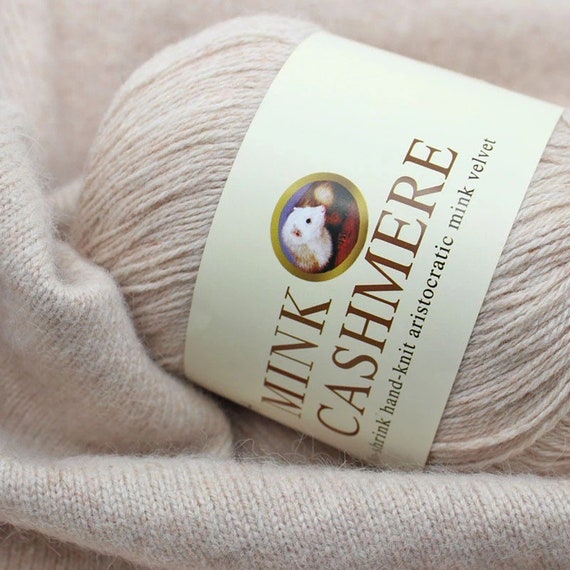Unveiling the Truths of cashmere and Its Timeless Appeal in Style
Unveiling the Truths of cashmere and Its Timeless Appeal in Style
Blog Article
Recognizing the Different Types of Cashmere an All-natural Fiber and Their Distinct Advantages

The Beginnings of Cashmere: A Historical Overview
While the elegant touch of cashmere continues to beauty modern customers, its beginnings map back to the harsh, cool environments of Mongolia and the Mountain ranges. For centuries, the aboriginal peoples of these regions have actually been raising Capra Hircus goats, the prime source of cashmere wool. These goats, resilient versus the extreme winter seasons, grew a fine undercoat to make it through, which later became recognized as cashmere. The name itself pays tribute to Kashmir, a region in India where the wool was at first processed. Much of the very early cashmere trade course was promoted by the Silk Road, attaching Asia with the Center East and Europe. Despite its international spread, the finest cashmere is still believed to stem from the original regions of Mongolia and the Mountain Ranges.

The Production Refine: From Goat to Garment
Shearing a Capra Hircus goat marks the inception of the detailed cashmere production process. This fragile treatment commonly happens once a year throughout springtime. The penalty, soft undercoat is after that divided from the coarser external hair, a procedure understood as dehairing. The resultant raw cashmere is then cleaned to get rid of contaminations such as veggie, dirt, and oil issue.
The tidy fiber goes through dyeing, rotating, and weaving, or knitting, to transform it right into a material. Complicated treatments such as top quality control checks and finishing procedures adhere to, making sure completion product maintains the glamorous criterion expected of cashmere. This painstaking procedure, from goat to garment, warrants the high price attached to cashmere products, making them a sign of deluxe and refinement.
The Different Sorts Of Cashmere: An Extensive Evaluation

The Distinct Benefits of Cashmere: Convenience and Sustainability
Relocating from the range of cashmere kinds to the benefits they provide, comfort and sustainability stand out prominently. Cashmere, an all-natural fiber, is renowned for its unparalleled gentleness, providing a degree of comfort that artificial fibers can not match.
When it concerns sustainability, cashmere is eco-friendly and naturally degradable, as it's collected from cashmere goats that regrow their layers each year. what is cashmere. Unlike artificial fibers which can take hundreds of years to decay, cashmere's effect on the atmosphere is marginal. This mix of convenience and sustainability makes cashmere a useful choice for mindful consumers

Taking Care Of Your Cashmere: Upkeep and Preservation Tips
While cashmere is unquestionably a luxurious and lasting choice, it requires particular care to preserve its top quality and extend its life-span. To start, cashmere must be hand cleaned utilizing cold water and a light detergent. Prevent twisting or wringing the garment as it can harm the fibers. Instead, gently press out excess water and lay it level on a towel to completely dry. Cashmere products need to be saved in a trendy and completely dry area, away from straight sunshine and wetness. Making use of moth repellents can secure these garments from prospective damages. It's a good idea to stay clear of hanging cashmere to avoid extending. Instead, layer and shop them effectively to preserve their form and quality gradually.
Investing in Cashmere: Recognizing Its Worth and Well Worth
Although cashmere might at first feel like an expensive investment, its long-term worth and worth ended up being evident when you consider its remarkable top qualities. Known for its exceptional softness and warmth, cashmere is a premium all-natural fiber that exceeds various other materials. Its high demand and restricted supply add to its high price, but its toughness ensures it lasts for many years, offering excellent value for cash. Cashmere items are timeless, frequently ending hop over to these guys up being antiques passed down via generations. what is cashmere. Its natural insulating homes supply heat without the mass of artificial fibers. Spending in cashmere, therefore, is not just about present style fads, but regarding accepting a lasting, lasting, and glamorous lifestyle.
Final Thought
In recap, the kind of cashmere one selects, be it Mongolian, Chinese, or Italian, is dictated by individual choices for heat, sustainability, high-end, and spending plan. The worth of cashmere prolongs beyond its price, with convenience and long life contributing to its worth. Correct care and upkeep can learn this here now ensure its preservation. As a result, comprehending the beginnings, production procedure, and one-of-a-kind advantages of different types of cashmere can guide consumers in their investment in this glamorous natural fiber.
Whether it's the phenomenal heat of Mongolian cashmere, the price of Chinese cashmere, or the eco-conscious production of Italian cashmere, there's a tale to be found behind each fiber type. Cashmere, a natural fiber, is renowned for its unequaled gentleness, giving a degree of comfort that synthetic fibers can't match.When it comes to sustainability, cashmere is renewable and naturally degradable, as it's gathered from cashmere goats who regrow their coats annually. Known for its unmatched soft qualities and warmth, cashmere is a costs all-natural fiber that outmatches other materials. Recognizing the beginnings, manufacturing process, and one-of-a-kind benefits of different types of cashmere can direct customers in their financial investment in this luxurious natural fiber.
Report this page